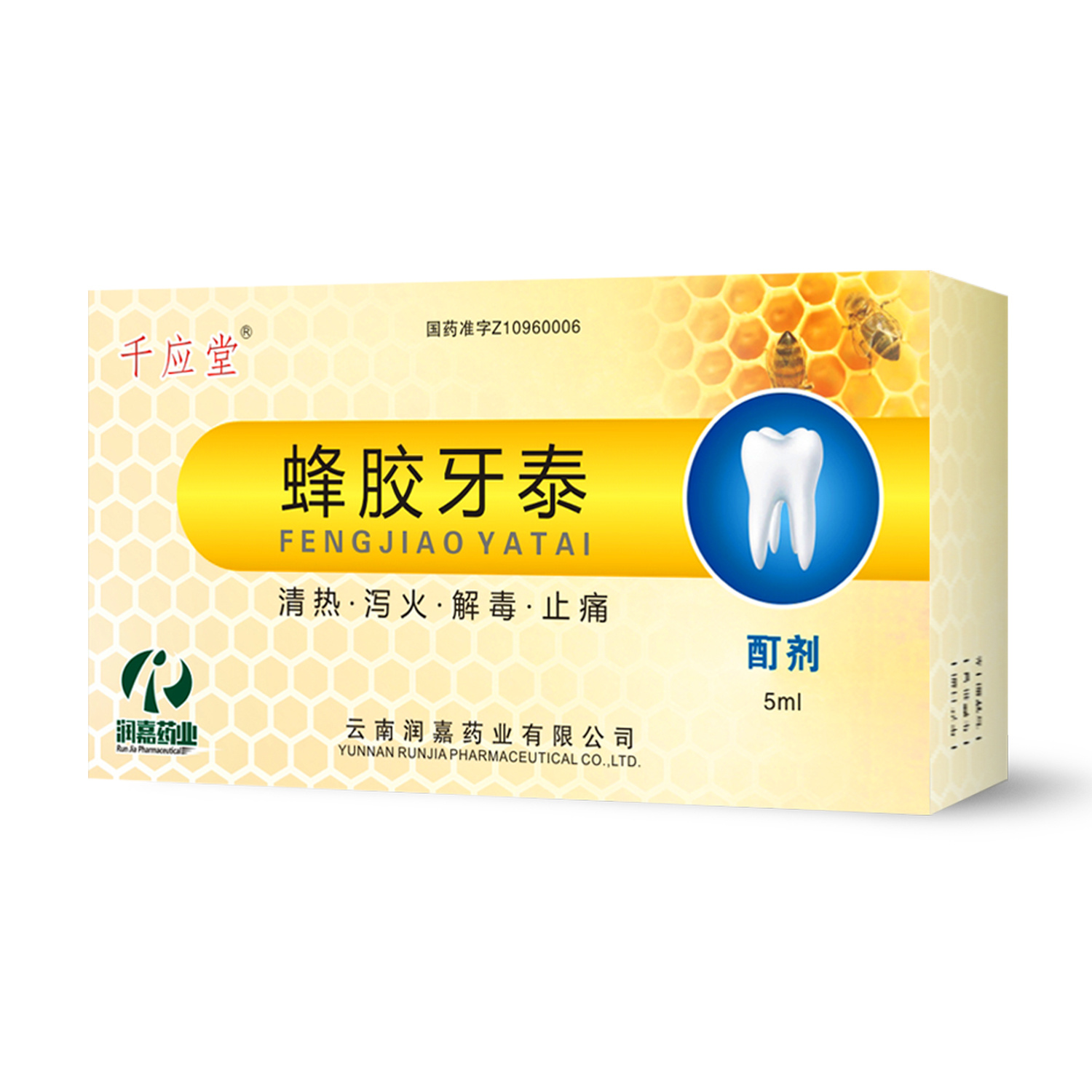
Specifications
| Packaging Specifications | 20kg/bag/barrel |
| Product Specifications | R1≥11%,Rg1≥50%,Re≥6%(HPLC) |
| Implementation Standard | 2020 edition of the Chinese Pharmacopoeia, First Supplement |
| Production Registration Number | ZTCB20230022滇 |
Panax Notoginseng Triol Saponins (PNTS) are triterpene saponins extracted from Panax notoginseng, a plant of the Araliaceae family. The core components are ginsenosides Rg1, notoginsenoside R1, and Rb1. Their chemical structure is based on protopanaxadiol as the aglycone, and they possess significant lipid solubility and biological activity. Pharmacological studies show that PNTS protects the cardiovascular and cerebrovascular systems by inhibiting platelet aggregation (IC50=23.7μM), promoting the release of nitric oxide (NO) in vascular endothelial cells, scavenging free radicals (DPPH scavenging rate up to 82.3%), and regulating the NF-κB inflammatory pathway. In addition, its proliferation inhibition rate against glioblastoma cells U87 can reach 67.2%, and it induces apoptosis by arresting the G0/G1 phase.
Application Areas
I. Pharmaceutical Field
1. Treatment of cardiovascular and cerebrovascular diseases: Sanqitongshu Capsules (Class B medical insurance), with PNTS as the sole component, significantly improves the neurological function deficit score (NIHSS reduction of 42.6%) in patients with ischemic stroke by inhibiting ADP-induced platelet aggregation (inhibition rate > 85%), and reduces the frequency of angina pectoris attacks in patients with coronary heart disease. Clinical studies have confirmed that its antithrombotic effect is comparable to aspirin, but the incidence of gastrointestinal side effects is reduced by 62%.
2. Neuroprotection: Studies on cerebral ischemia-reperfusion models have shown that PNTS can reduce infarct volume (reduction of 38.5%) by activating the Akt/GSK-3β pathway to inhibit neuronal apoptosis.
3. Adjuvant therapy for tumors: Ginsenoside Rg1 inhibits angiogenesis (inhibition rate > 50%) in the chick embryo chorioallantoic membrane model by regulating the VEGF/VEGFR2 signaling pathway, and its combined use with chemotherapeutic drugs can enhance the sensitivity of lung cancer cells to cisplatin.
II. Functional Foods and Health Products
1. Metabolic regulation: Functional beverages containing PNTS can reduce total cholesterol (TC) by 19.2%, triglycerides (TG) by 23.5%, and increase high-density lipoprotein (HDL) by 12.8% in hyperlipidemic rats.
2. Sports nutrition: Sports supplements combined with creatine can prolong the time to exhaustion in swimming (prolongation of 37.6%) by inhibiting lactic acid accumulation and improving ATP levels to alleviate fatigue.
III. Cosmetics Field
1. Anti-aging repair: An essence containing 0.5% PNTS can promote collagen synthesis in fibroblasts (increase of 41.7%), and clinical tests show that wrinkle depth is reduced by 28.3% after 8 weeks of use.
2. Antioxidant protection: The transdermal absorption rate of PNTS encapsulated in nanoliposomes is increased by 2.7 times. In a UV-induced skin photoaging model, it can reduce MDA content (reduction of 34.1%) and enhance SOD activity.
Development Prospects
1. Market growth: The global market size of Panax notoginseng saponins is expected to grow at a compound annual growth rate of 3.7%, reaching US$261 million in 2031, with PNTS accounting for over 40%. Wenshan Prefecture in China has achieved a total output value of 35.151 billion yuan for Panax notoginseng in 2023 through the development of the entire industrial chain, aiming to exceed 100 billion yuan by 2030.
2. Technological innovation:
(1) Precise extraction: Supercritical CO2 extraction technology combined with molecularly imprinted nano-magnetic beads achieves a PNTS purity of 98% and efficient separation from diol-type saponins.
(2) Targeted delivery: PNTS encapsulated in PLGA nanoparticles shows a 3-fold increase in targeted enrichment in tumor models, and the in vitro release is controllable.
3. Cross-border expansion: Development from a single component to multi-target synergy, such as combining with probiotics to regulate gut microbiota, or combining with nanocarriers to develop targeted drugs for Alzheimer's disease.
4. Sustainability: Extraction of triol saponins from by-products such as Panax notoginseng stems and leaves can reduce raw material costs by more than 30%, in line with the circular economy trend.
Safety and Challenges
Acute toxicity tests show that the median lethal dose (LD50) of PNTS is >3800mg/kg, but attention should be paid to individual allergic reactions (incidence of about 0.3%) and coagulation dysfunction that may be caused by long-term use. The 2025 edition of the Chinese Pharmacopoeia will increase the PNTS content standard from 5% to 6%, promoting industry quality upgrades. Current challenges include:
① The anti-tumor mechanism needs further clarification;
② The stability of transdermal preparations needs to be optimized;
③ It is necessary to strengthen the identification and publicity of Panax pseudoginseng (containing hepatotoxic components).
With the deepening of the natural ingredient trend and the increasing demand for precision medicine, the potential of PNTS in neurodegenerative diseases, tumor immunotherapy, and high-end personal care will be accelerated, becoming one of the core directions for the development of the whole Panax notoginseng plant.

Tribulus saponin
Contact Us









